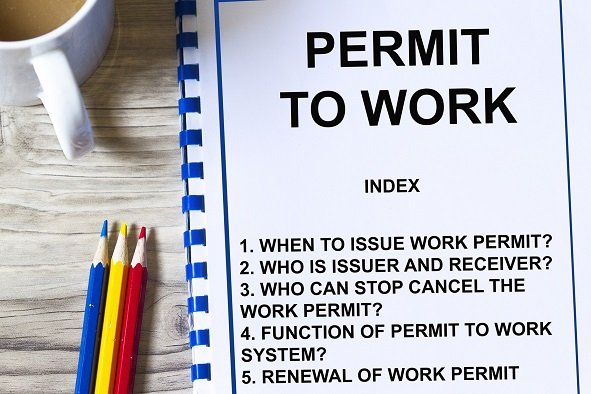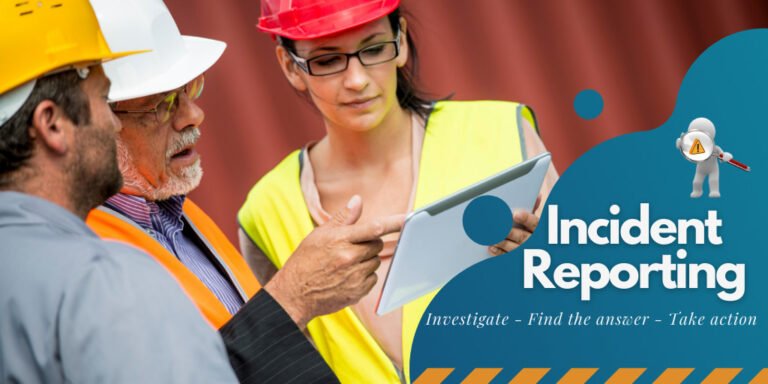Hearing Conservation and Ear Protection – 12 Modules | One Day USD: 150/- and Two Day USD: 250/- Per Pax.
Description
Module 1: Introduction to Hearing Conservation
- Importance of protecting hearing in the workplace
- Anatomy of the ear and how hearing works
- Overview of hearing loss types (temporary, permanent, noise-induced)
Module 2: Understanding Noise Hazards
- Common sources of occupational noise
- Noise exposure levels and duration effects
- Signs and symptoms of overexposure
Module 3: Regulatory Standards and Requirements
- OSHA, ISO, and local noise exposure limits
- Permissible exposure levels (PEL) and action levels
- Employer and employee responsibilities
Module 4: Noise Measurement and Assessment
- How noise levels are measured (dB, frequency)
- Use of sound level meters and dosimeters
- Conducting workplace noise surveys
Module 5: Effects of Noise on Health and Safety
- Hearing-related health issues (tinnitus, deafness)
- Non-auditory effects (fatigue, stress, reduced concentration)
- Impact on communication and hazard awareness
Module 6: Hierarchy of Noise Controls
- Elimination, substitution, engineering, and administrative controls
- When to use PPE as the last line of defense
- Examples of engineering noise reduction methods
Module 7: Types of Hearing Protection Devices (HPDs)
- Earplugs, earmuffs, canal caps, and custom-molded protectors
- Materials and design variations
- Advantages and limitations of each type
Module 8: Selection and Fit of Hearing Protection
- Choosing the right protection based on noise levels
- Noise Reduction Rating (NRR) and attenuation
- Proper insertion, adjustment, and fit testing
Module 9: Care, Maintenance, and Storage
- Cleaning and hygiene practices for reusable devices
- Storage to prevent contamination or damage
- Replacement schedules and inspection routines
Module 10: Training and Employee Involvement
- Educating workers on risks and protection
- Demonstrating correct use of HPDs
- Encouraging participation and feedback
Module 11: Audiometric Testing and Health Monitoring
- Purpose and process of hearing tests
- Baseline and periodic audiograms
- Interpreting results and taking corrective actions
Module 12: Building a Hearing Conservation Program
- Key components of an effective hearing conservation plan
- Recordkeeping and compliance tracking
- Promoting a long-term culture of hearing safety
View more Courses
Hi, Welcome back!




